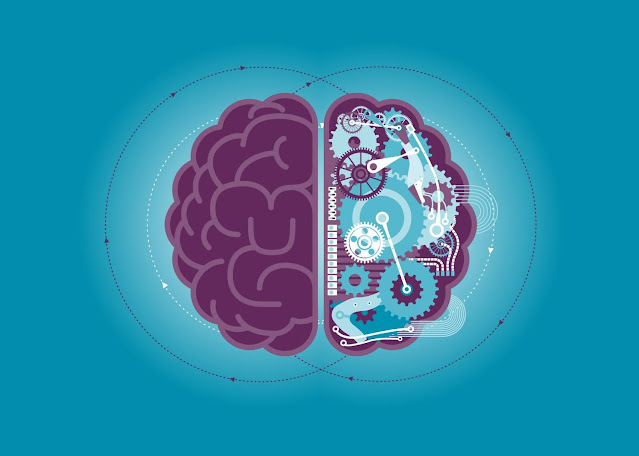Digital Experience is the Brand
We live in a world where customers expect a digital experience. That experience makes or breaks brands today. According to The App Attention Index, people today are far less tolerant of problems with digital services than they were just two years ago, and they’re now far more likely to take decisive action – deleting apps, turning to the competition, and sharing their negative experiences far and wide.
The index gives us some key insights into these changes in consumer behavior:
◉ An average person used 34 digital services every day
◉ 61% admit they reach for their mobile phone before talking to anyone else when they wake up
◉ 55% can only go without a mobile device for up to 4 hours before they find it difficult to manage tasks in their everyday life
◉ 71% admit that digital services are so intrinsic to their daily lives, they don’t realize how much they rely on them
It’s evident that the penalty for poor application experience is very high, with over 49% of surveyed users stating they have switched suppliers due to poor digital experience. Not to mention, a 100ms delay in load time resulted in a 7% drop in conversion, which when compounded, substantially impacts the bottom line.
The digital experience is not just scanning a document or having a video call with a regional manager; it means actually doing an end to end transaction completely digitally. Today, application loyalty is the new brand loyalty, meaning that consumers are loyal to the brands that deliver digital experience perfection. In the same report, 70% of consumers said they want digital experiences to be more personalized than those that happen face-to-face. Furthermore, 50% stated that they would be willing to pay more for an organization’s product or service if its digital services were better than a competitor’s.
The Pandemic’s effect on Customer Experience
As the pandemic has hit us, it pushed all age groups towards extreme digital adoption. This is no longer a gen x or gen y statement; it is true across all ages, making it far more important to act upon than ever before.
In a recent McKinsey & Company study, interesting demographics emerged during these pandemic times, which led to some key observations:



















